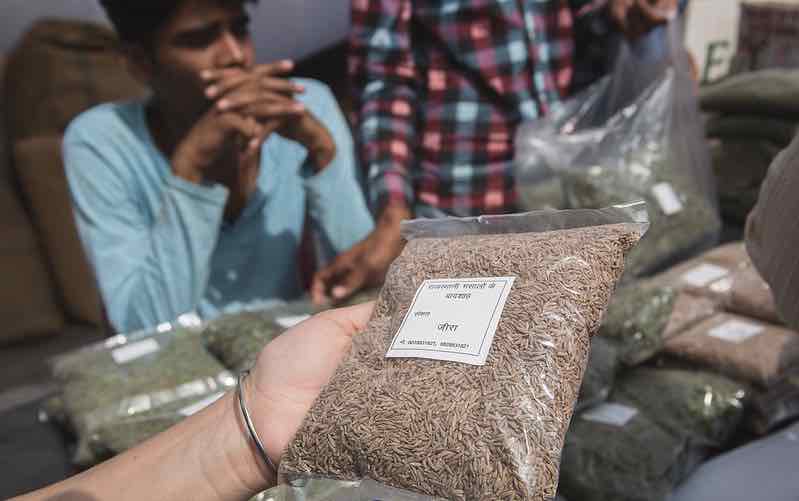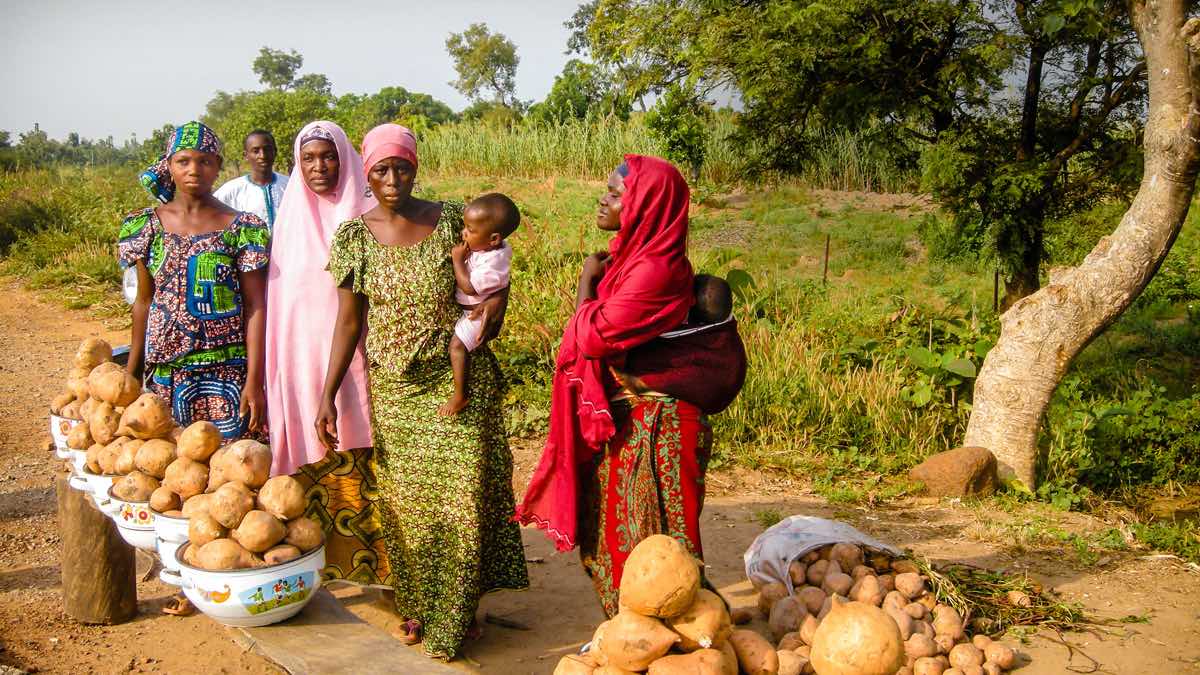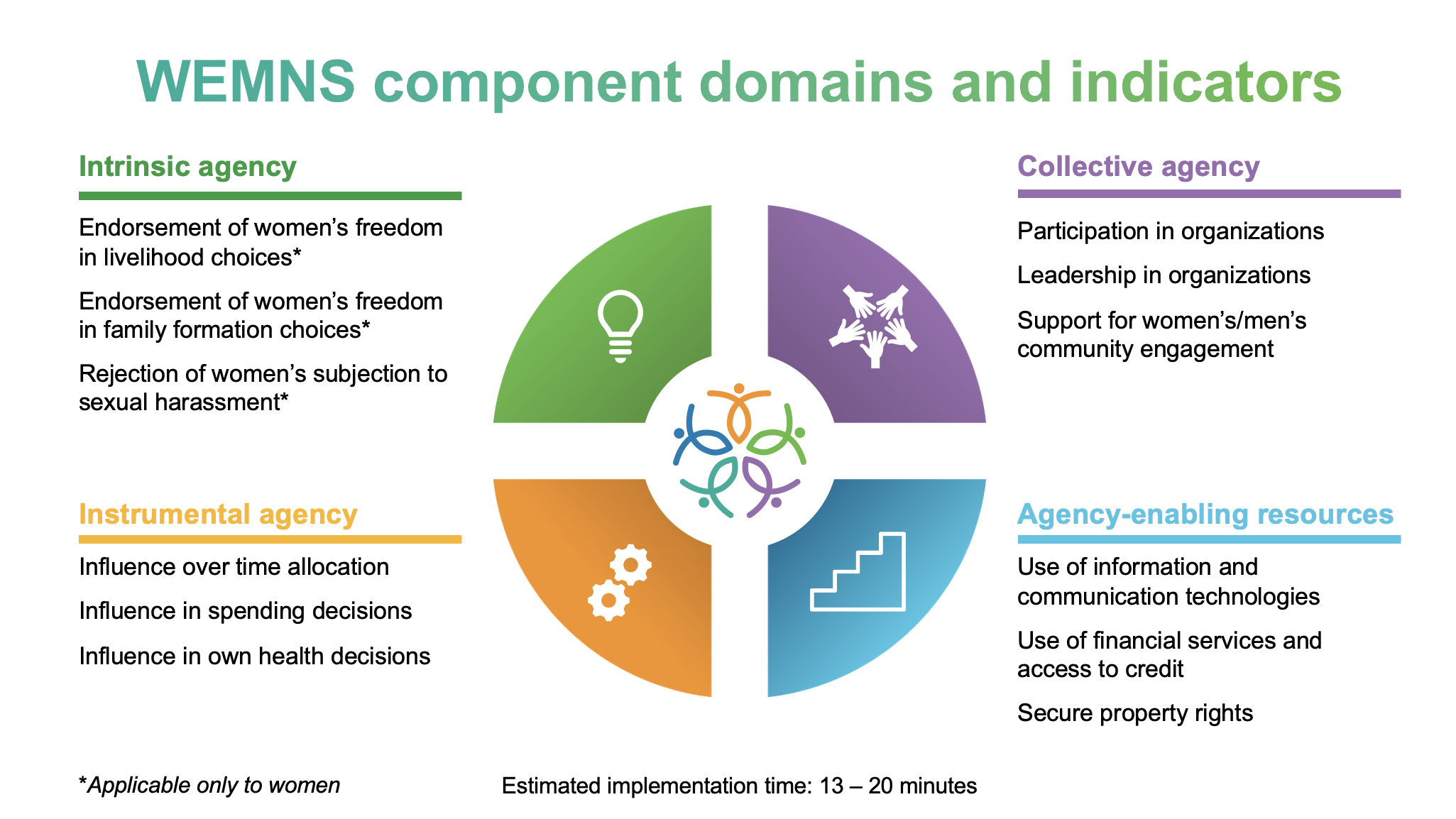Lately, India’s trade policy seem to lack a vision. After actively pursuing membership in the Regional Comprehensive Economic Partnership (RCEP) trading bloc for over a decade, India decided against joining at the eleventh hour. The official version is that India runs a large trade deficit with RCEP countries, and was expecting specific protection for its industries and farmers from a surge in imports, especially from China. Since that did not materialize, the government of India does not foresee any gain from joining RCEP. Moreover, it may hamper India’s Make in India program.
In hindsight, this may be an afterthought of signing several free trade agreements (FTAs) with Far East countries/blocs (Korea, ASEAN, Japan) in the past (under the United Progressive Alliance or UPA), the gains of which are not clearly visible. In fact, the official view is that poor negotiations of FTAs under previous governments have harmed Indian industry, and led to a distorted trade balance. While the outcome variable (distorted trade balance) is shown by statistics, the factor behind this trend needs in-depth introspection. The question is whether these FTAs escalate non-tariff measures (NTMs), leading to higher trade deficits. This is indeed a possibility if policy makers didn’t pay enough attention to creating a complementary ecosystem, in terms of trade facilitation measures for efficient functioning of the trade regime, at the time of signing of FTA.
Let us explain with evidence from the India-Sri Lanka FTA (ISFTA), one of the earliest FTAs India signed, and for which more evidence is available from our recent in-depth study. In 2005, 98% of Sri Lankan exports availed the FTA route. This has declined to about 50% in recent years. On the other hand, only 13% of India’s exports are routed through FTA. Surely, no one expects this trend to be exhibited after signing an FTA. Some argue that this fall in the share of utilization of the FTA route is due to the implementation of the South Asian Association for Regional Cooperation (SAARC) Free Trade Agreement (SAFTA) post-2006, and most Indian exporters are using the SAFTA route. This logic falls apart since the rate of tariff concession is higher under ISFTA (up to 100%) than under SAFTA (up to 20%). The question, then, is why exporters on either side are reluctant to avail benefits of ISFTA.
In general, an FTA, by changing the rule of the existing trade regime, may increase the transaction cost of trading unless complementary steps are taken so that the ecosystem of trading doesn’t turn out to be inefficient due to additional complexity. All FTAs are bound by the additional rule of the game, which needs to be adhered to if one is to benefit from the tariff concessions. For that reason, concerned officials for enforcing the rules need to be well-versed with their intricacies. Rarely do policymakers pay attention to this. Another shortcoming in the architecture of India’s FTAs is the avenue of discretionary power of officials in judging tariff concession claims. Both these add to transaction costs.
It is also true that NTMs need more introspection when signing an FTA. ISFTA, for instance, specifies that customs shall not keep goods for more than three days, and shall obtain an undertaking from the importer and release the goods. In reality, samples are often drawn by customs for testing after arrival of goods, and it takes 20-30 days to obtain report from the laboratory and overall 30-40 days to release the goods. While exporters are charged testing fee for each sample, importers must pay heavy demurrage and storage charges.
Packaging and labelling issues are also not well-defined under ISFTA, raising the compliance cost of availing concessions under the agreement. This is particularly true of high value commodities like Regular Black and Green Tea (loose tea, and tea bags), Flavoured Black and Green Tea (loose tea and tea bags), Assorted Flavoured and Regular Black and Green Tea (tea bags), Herbal Tea (regular/flavoured), etc. Therefore, if the labeling regulations are clearly defined and made available to traders, it makes compliance easy, and would not cause problems in clearing shipments during entry into India.
On the export side, fragile products like ceramic sanitary ware are usually packed in straw to insulate them from shock and impact. But, Sri Lanka does not accept products packed in straw. Instead, it demands that such products be packed in five-ply corrugated boxes. Since, India does not manufacture enough of such boxes to meet the existing demand, they need to be imported. This increases the cost of packaging, and affects competitiveness in the international market. These kinds of issues need to be accounted for when introspecting why an FTA leads to an adverse trade balance.
Currently, any food item exported either from India or Sri Lanka is tested twice—once at the port of origin, and again at the destination port—which unnecessarily increases trading time. This happens because no attention was paid to harmonizing standards for food items. Since there is also a shortage of proper storage facilities at ports, especially for items requiring cold storage, the possibility exists that traders suffer loss due to damage of goods.
Certification is an issue that needs attention at the time of signing of FTA if the interests of traders/manufacturers are to be protected. For example, the Sri Lanka Standards Institute has entered into an agreement unilaterally with the Export Inspection Council (EIC) of India on recognition of test reports/certification issued by reliable Indian authorities accredited to provide these. Therefore, Indian products do not face unnecessary delays, or additional costs in this respect while entering Sri Lanka. On the contrary, as Sri Lanka’s authorities have not entered into an agreement that provides for acceptance of test reports/certification issued by Sri Lanka with their Indian counterparts, Sri Lankan products face unwanted hurdles. Since government authorities function at their own pace, there is a need for a system of third-party certification from private entities in partner countries.
What we have argued here applies to other FTAs as well. There is a need for analyzing them before drawing the conclusion that FTAs are harmful to Indian industry! The least one can do is to revisit all FTAs, and introduce an autonomic decision-making process to strengthen principle-based economic judgments, thereby reducing transaction costs of trading.
Sanjib Pohit is a Professor at the National Council of Applied Economic Research; Barun Deb Pal is a Project Manager with IFPRI’s South Asia Regional Office in New Delhi. This post first appeared in the Financial Express. Opinions are the authors’.







